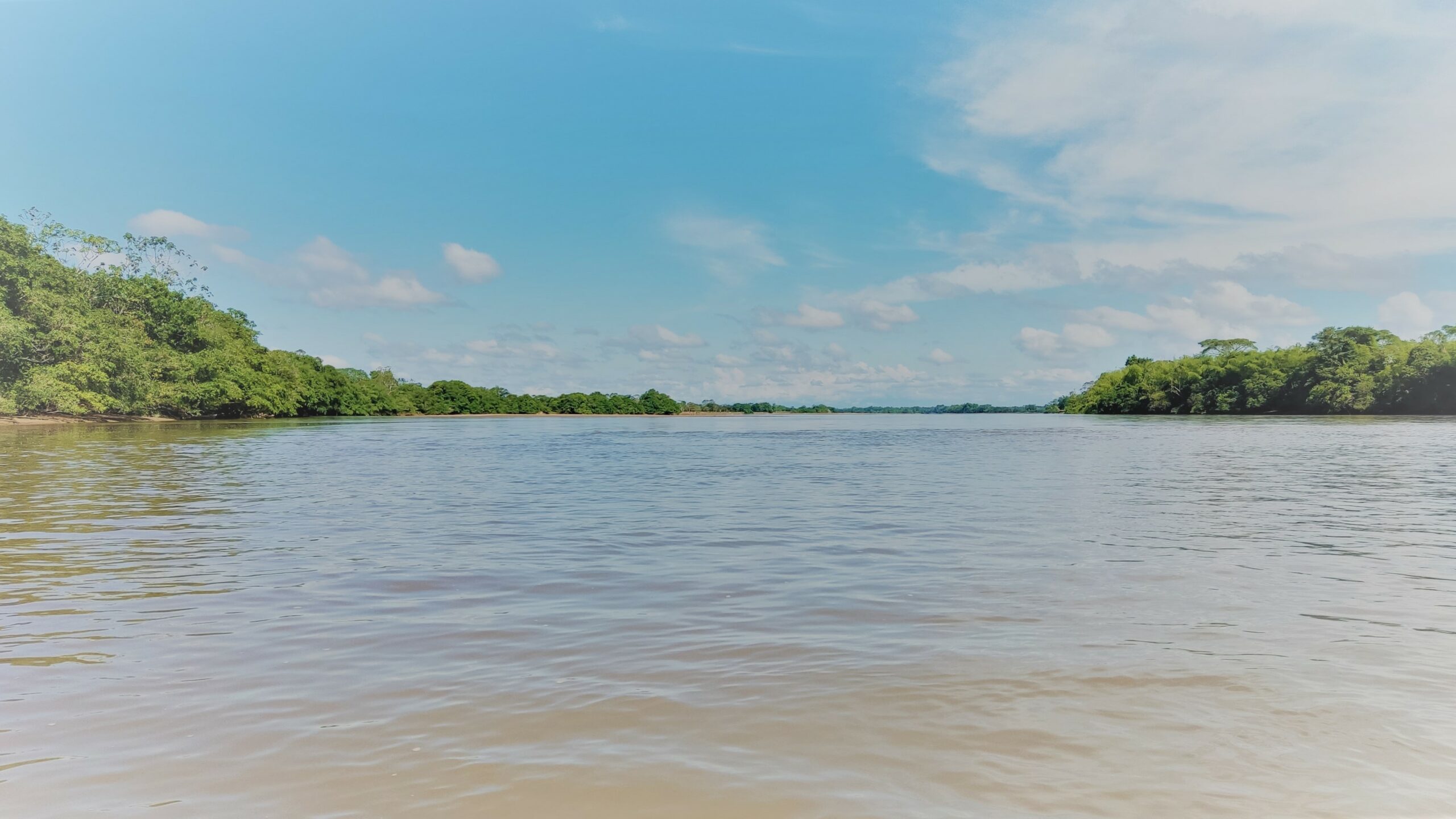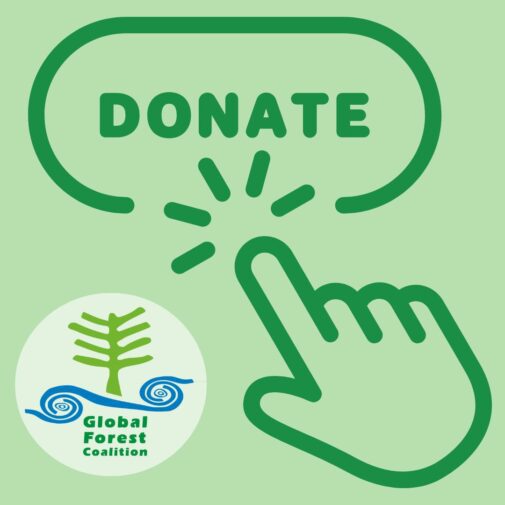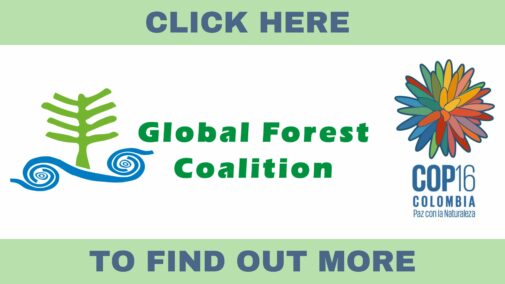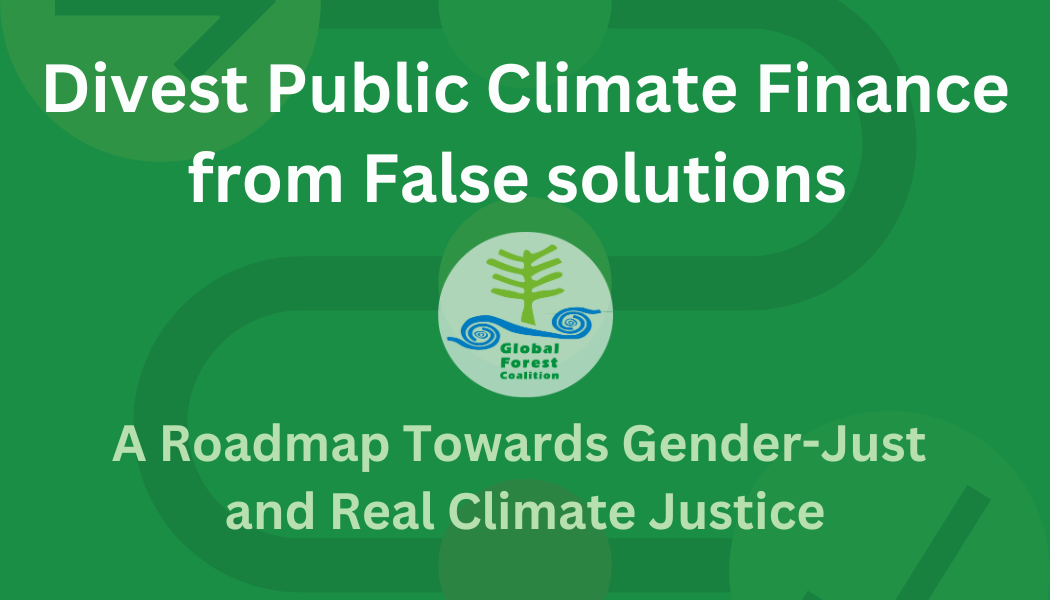Forests Rescue Plan Riddled with Uncertainties
Cross-posted from IPS
By Stephen Leahy
UXBRIDGE, Canada, Nov 23, 2010 (IPS) – Deforestation rates have slowed in Brazil and elsewhere in expectation of a windfall of green gold from billions of dollars of carbon credits being mobilised for climate protection, some experts believe.
Next week, at the United Nations climate conference in Cancun, Mexico, the final details of a new international market for buying and selling carbon rights to forests will be under intense negotiation by 200 countries.
This new financial tool called REDD (Reduced Emissions from Deforestation and Degradation) is widely touted as the only way to mobilise $10 to $30 billion annually to halt deforestation, which contributes 15 to 20 percent of global greenhouse gas emissions. Deforestation is also the primary driver of species extinctions and ecosystem destruction.
Under REDD, industrialised countries can offset their own emissions by paying to maintain forests in tropical regions. Forest owners offer carbon credits on an open market and a steel, cement or coal-fired power company in the developed world purchases those credits in lieu of reducing their own carbon emissions. It would also require a mandatory emissions reduction by developed countries.
Forests absorb carbon dioxide (CO2) during photosynthesis, reducing the amount in the atmosphere and helping cool the Earth. When a forest is cut, not only is this carbon absorption or sequestration function lost, but most of the carbon the forest had been storing is released – even if the timber is used for long-lasting products like furniture.
In theory, REDD saves the forest, protects biodiversity, reduces climate-warming carbon emissions and compensates local people. Win, win, win, win. In theory.
Natural forests are still not protected under REDD, or even the enhanced REDD+, which emphasises protecting biodiversity, says Peg Putt of the Wilderness Society, a U.S.-based conservation group.
“Safeguards to ensure intact forest systems are fully protected are not yet part of the understanding around REDD,” Putt told IPS earlier this month at the 10th Conference of the Parties to the Convention on Biological Diversity (CBD) in Nagoya, Japan.
“Many countries including the European Union and Canada define their industrial logging as sustainable forest management,” she said.
Problems and complications abound
Intense debate persists about how to define a forest. Currently, if a region has 10 percent or more tree cover – 10 hectares of trees in a 100 hectare block – the entire block is considered a forest, says Toshinori Okuda of Japan’s Hiroshima University.
Many countries want plantation forests to be eligible for credits but don’t want to be penalised if they cut down existing forests to grow plantations. Few other species can live in plantation forests so they are essentially green deserts in terms of biodiversity.
On the ground, simply figuring out how much carbon is in a particular forest, the amount being sequestered as the forest grows, and for how long is not easy or cheap. There will be reporting requirements, land use negotiations and the costs of ongoing monitoring and forest management, notes Okuda.
“The revenue from carbon credits won’t be enough to pay for this to be done properly,” Okuda told IPS.
“The only way to cover the costs is for additional payments for ecosystem services that natural forests provide,” he said.
Forests provide a number of services, including producing oxygen, cleaning and filtering water, preventing flooding, providing habitat and food for many species and more. But how to value those services has yet to be determined, he says.
Forests are rarely empty of people. Hundreds of millions have formal and informal rights to one-third to one-half of the world’s remaining forests. “National or state-level agreements usually ignore the views of local people,” says Imam Basuki of the Indonesia-based Centre for International Forestry Research (CIFOR).
“Conservation and changes in land use must fit the needs of local people,” Basuki told IPS.
Forests aren’t just sticks of carbon or lumber, they are sacred places where biodiversity is essential for the survival of local communities. On the islands of Borneo, the forest communities in Malinau identified 2,000 different species of plants of which 1,400 were used regularly, he said. Some species were considered irreplaceable and could not be obtained elsewhere.
“Any REDD projects have to work with local people and not push them off their land,” Basuki said.
However, many local people do not have formal land titles. Without strong legal protections, rules and enforcement, the billions of dollars in REDD monies could create a tidal wave of land grabbing and evictions. And even if land tenure issues are handled properly, any company buying carbon credits will want strong guarantees that their “carbon investments” in a forest are protected. That may mean local people are banned from their forests, no longer able to collect firewood, hunt or grow crops in forest openings.
Meanwhile, the worst rates of deforestation continue to be in Asia, particularly in Borneo and Sumatra with the highest rates in New Guinea, says Ferry Silk of the Xishuangbanna Tropical Botanical Garden, Yunnan China. Asia also has the highest species extinction rates, with 50 percent of the mammals and 60 percent of the fish at risk, Silk says.
“How much forest will be lost while we wait for REDD?” wonders Michael Sweatman of the WILD Foundation, a U.S.- based conservation group pioneering the concept that one half of the planet needs protection to ensure a stable climate and save ecosystems for future generations.
Sweatman thinks ironing out the messy details for a global deal on REDD could be 10 years away. He’s not waiting and is calling for an interim mechanism to fund qualified projects in tropical forests within existing conservation areas or lands surrounding or connecting them.
“The projects would be community-driven. The important thing is bring funding to local communities to protect their vulnerable forests,” he told IPS.
Conservation costs money both directly and in terms of foregone revenue such as from logging. Sweatman’s Interim Mechanism to Protect Tropical Forests would access finance in the voluntary carbon market and use a science-based streamlined methodology to set a standard, do its carbon accounting as well as training local people to monitor and manage their forest.
“This mechanism would be a bridge to REDD. We can’t wait any longer. We’ve got to get started now.”











